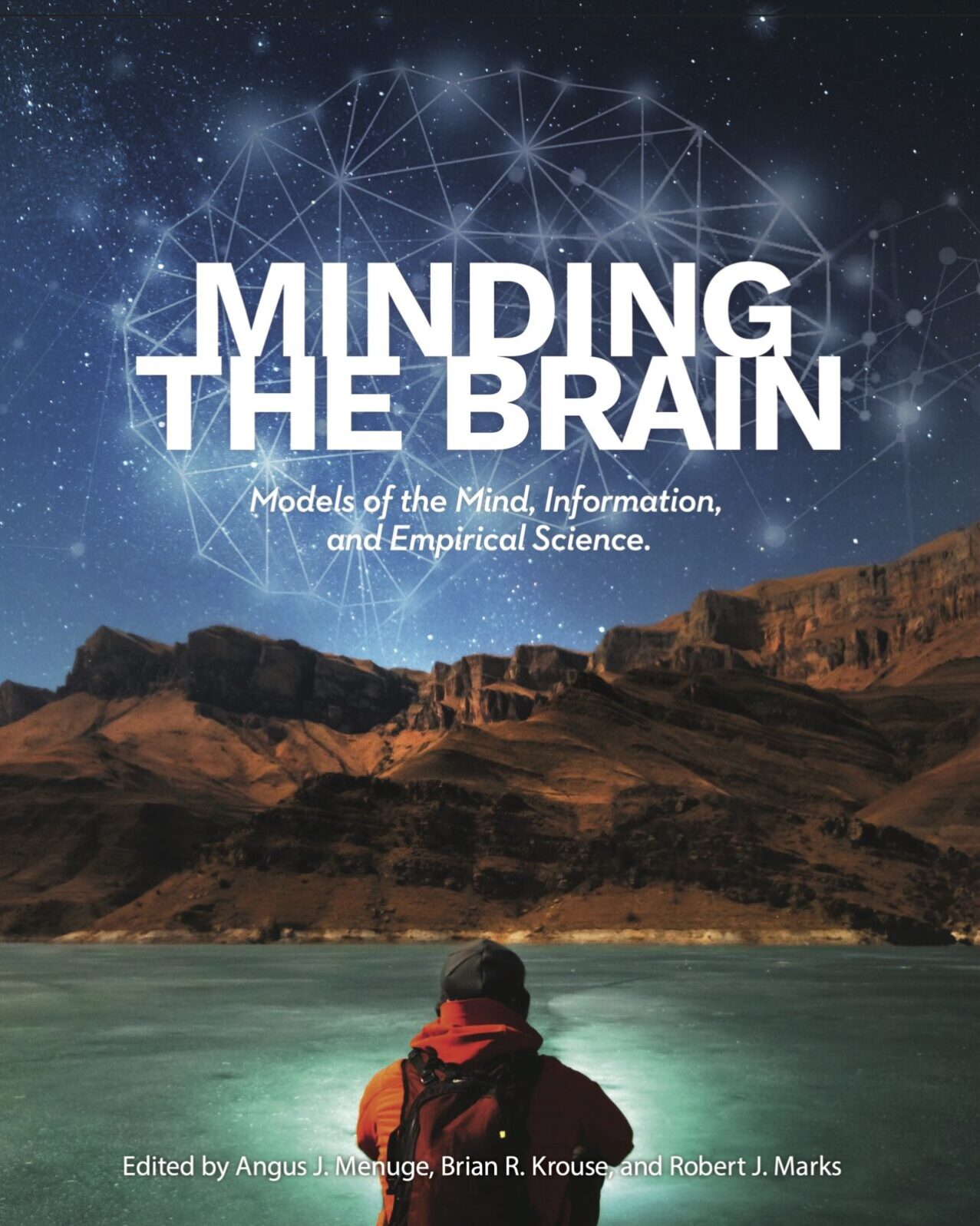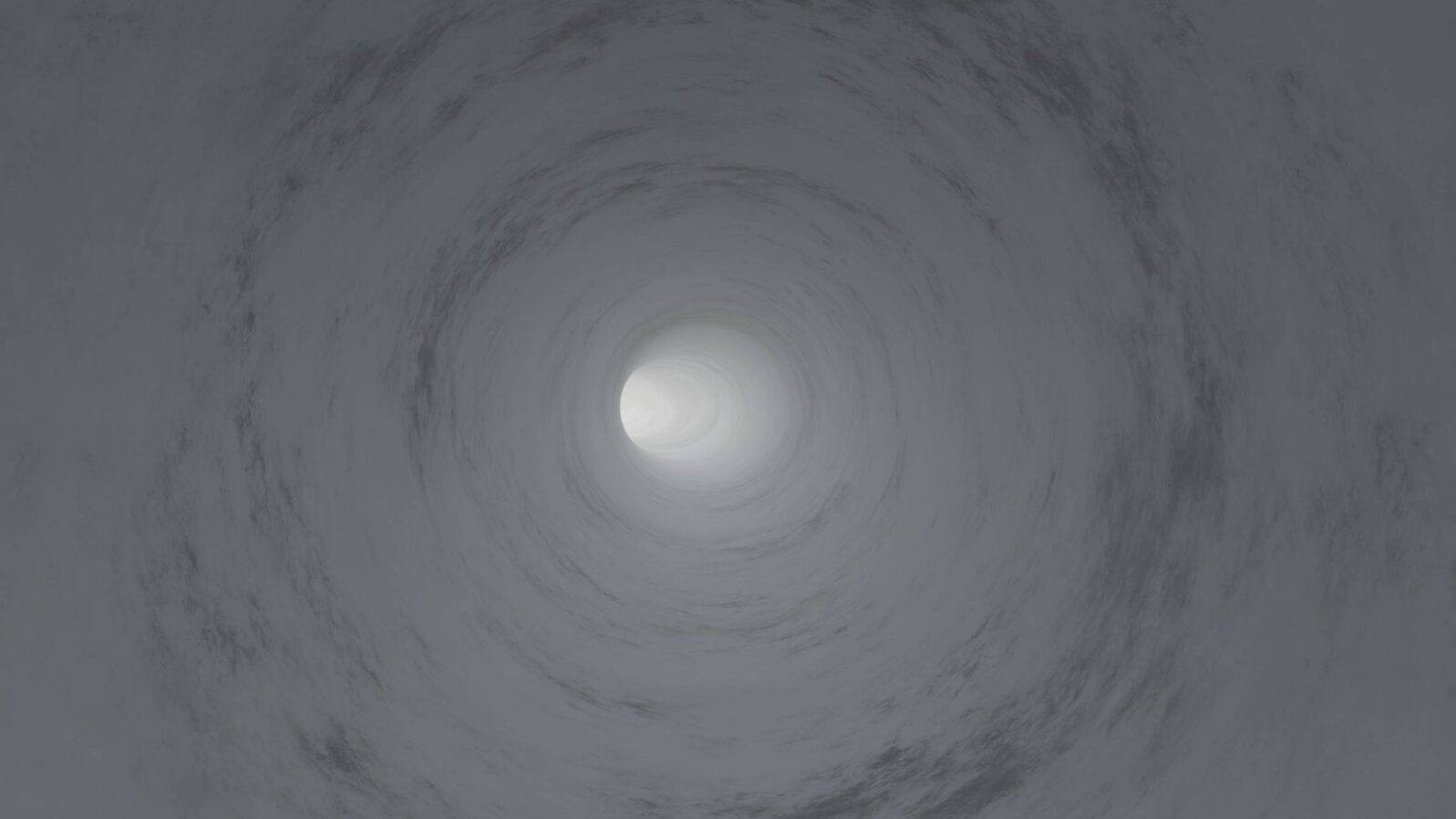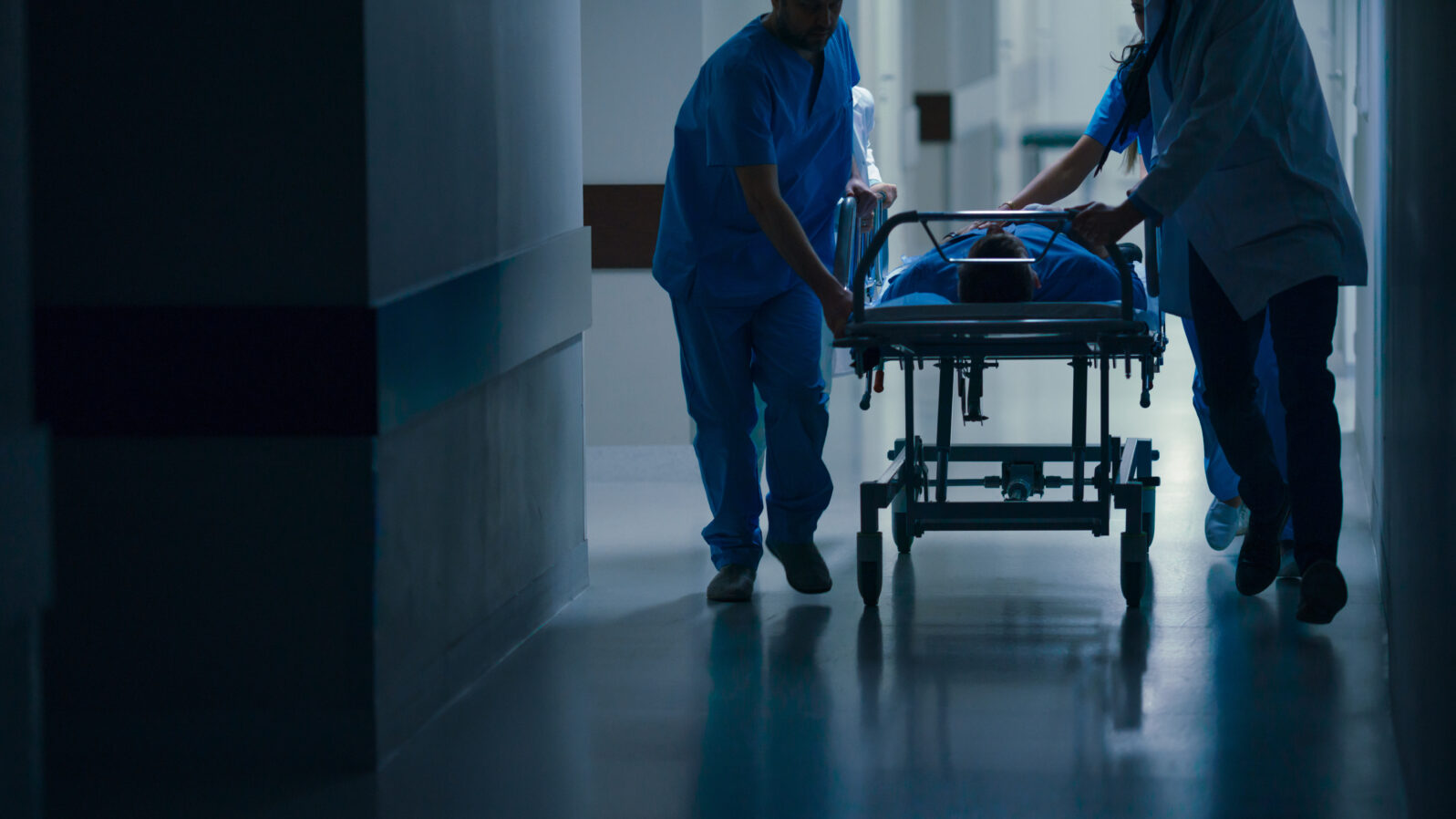Near Death: Why Corroborated NDEs Can’t Just Be Explained Away
In some cases, Gary Habermas recounts, patients who had NDEs while in a state of clinical death report dates and numbers that are later found to be accurateIn this third and final excerpt from a chapter of Minding the Brain (Discovery Institute Press, 2023) Gary Habermas, a professor of Divinity at Liberty University, looks at the evidence for near-death experiences as a form of afterlife consciousness. The three excerpts are taken from Chapter 18, “Evidential Near-Death Experiences”:
There is much variety among the hundredplus corroborated cases in The Self Does Not Die, too, including some of the strongest cases on record. For example, considering once again confirmed cases from inside the room, the NDE reports include an NDEr who suffered a cardiac arrest and did not respond to resuscitation attempts until he received a shot of epinephrine in his heart. He reported that he was “out of my body and floating above the trauma room.” Peering down from above, he observed a quarter perched on top of an eightfoot- tall medical machine underneath him. He told the physician about the quarter and that it was dated 1985. The physician took a ladder to the ICU and while the nurses were watching, he retrieved the coin and verified that the date was exactly what the patient had recorded! The doctor later published the account.

Another NDE patient who had suffered a cardiac arrest also related that she “had observed the room from above.” In the process she noted a long, twelve-digit number listed on top of a high medical machine beneath her and, suffering from obsessive-compulsive disorder, memorized the number and repeated it to the nurse and others there, who wrote down the figure. When the patient no longer required the machine, a custodian set up a ladder in order to dust the top and then moved it out. The twelve-digit number was read, and it was the same figure that the witnesses had originally been told by the NDEr. Later a nurse verified the story once again, stating that this incident was one of the most incredible occurrences that she had ever witnessed.
…
How NDEs contribute to a clash of worldviews
The available evidence for near-death experiences seems clearly enough to establish their evidential reality. Do these occurrences contribute any insights regarding mind-body issues, the major question in this volume? Is one view of human nature to be favored above others according to this NDE evidence? Options have been discussed in the NDE literature, for instance, by philosopher Mark Woodhouse. Some have argued directly for a connection between NDEs and substance dualism. Aspects of NDEs, such as NDErs’ perception of leaving their body and looking down at it from above, have caused many, experiencers and scholars alike, to posit a dualist view of mind and body. This would seem to result from the manifestation of material and immaterial aspects of the self. That the NDEr identifies herself with the location of her consciousness up above, often without even initially recognizing the identity of the body below, furthers this notion.
While this seems to make the most sense of the present data, it has occasionally been pointed out that sometimes the fact that the physically stationary NDEr reports on events (which are later corroborated) in some remote location could favor a unified notion of the body, though this appears to be a minority position and it is seldom addressed. The NDE notions do provide some helpful empirical hints, and dualistic concepts often take key roles in the discussions to the extent that these issues are discussed.
Another thing seems to emerge clearly from these discussions. It often appears that the major underlying conflict in these matters is not primarily about evidence but more about a momentous clash between worldviews. It quite often makes far more difference which metaphysical position the debater favors prior to the beginning of the discussion. If this is accurate, then it seems that even strong evidential considerations are less likely to change minds. In fact, once minds are made up, it is often simply amazing what sort of responses are often preferred just to keep from entertaining even the possibility of an afterlife.
Naturalistic worldviews have shown many signs in recent years of major foundational fissures. Yet, it appears that many naturalists would say or do anything to maintain their naturalism. But ignoring the quickly mounting data regarding corroborated NDE incidents, or simply responding with guffaws in order to avoid dealing with such information, fails to refute the NDE argument.

Non-naturalist options that question or deny a personal afterlife are held as well and have already been discussed above in some detail. While some of these views propose an impersonal afterlife, the personal view of afterlife appears to be more favored by the evidence. In the dozens of cardiac arrest examples mentioned or listed in this essay, a number included rather incredible evidential corroboration of observed details after the measurable cessation of heartbeat, cortical brain waves, and even lower brain stoppage just slightly afterwards. In other words, some NDE cases occurred as nearly as can be ascertained during the specific time during which each of these heart and brain processes were apparently non-functioning or had flatlined.
These brain termination stages occur roughly in tandem, an exceptionally brief time apart. Thereafter, the presence of meticulous and sequential evidenced reports have followed from the environment where the patient was located. On other occasions confirmed details were observed from a distance away, clearly beyond the range of even a healthy patient’s physical senses. Adding to the mix have been reported corroboration from meetings with long-deceased friends and loved ones that were accompanied by additional, unknown information. A few cases also have been gathered from those who were blind, as well as other NDEs that appear to have been shared, witnessed, or corroborated by healthy onlookers, and so on.
This discussion encompassed more than just a few intriguing cases here and there. Clearly, so many multiple alternative explanations and extenuating “what if” scenarios would have to obtain in order to explain these hundreds of relevant cases, that naysayers rapidly reach a difficult impasse.
Debunkers of NDEs don’t tackle the strongest examples
Additionally, alternative rejoinders clearly have not made as many gains in the most recent conversations. In fact, it could be argued that the number of medical NDE studies centering on alternative theses has largely become less plentiful in recent years, with the majority of essays clearly allowing for the possibility, if not the likelihood, of the NDE data. Further, when the NDE thesis is critiqued, comparatively little attention is often devoted to the corroborative accounts anyway, and especially not to the best-established examples.
This is very intriguing, especially when both sides in this debate, including some of the key opponents, have conceded the crucial importance of explaining the best-evidenced claims. Many cases across the spectrum are so exceptional that the ones that were left out of this study could almost as easily have replaced those that were included with minimal loss of good data! There is simply a large plethora of evidential cases that are backed by strong corroboration.
After all, these corroborated cases are precisely the keys to refuting both the natural and non-natural alternatives to the NDE conclusions drawn here. The bottom line, then, appears to be this: the competing theses have not come close to successfully explaining the well over three hundred evidential cases narrated or listed here, especially the strongest ones. These latter examples pack far more punch than do their alternate counterparts. This is precisely why, when speaking of the cardiac arrest cases accompanied by corroborated data, Rivas, Dirven, and Smit assert that, “It is for this reason that the reliability of the kind of case that appears in this chapter is so fiercely challenged by materialists.” These authors add that if this domino falls, the critics know that their cause at this point is lost. Even while attempting not to overstate the strength of the overall case, major researchers have rated the NDE data as indicating the probable reality of consciousness at least beyond the initial cessation of heart and brain function.
It certainly seems as though the naturalistic and non-naturalistic alternative explanations possess far less explanatory power and that their critiques of survival are far more ad hoc. In the light of this, it often appears that those who hold opposed positions chiefly desire to preserve their worldview commitments at all costs, driven by a strong dislike of any “spiritual” or “religious” options. But one thing seems clear: the alternative positions do not fare well when attempting to refute the strongest NDE evidential cases. Hence, the alternative views are by far the weaker explanations here; it does not even appear to be a close contest.
—
Here are the first two excerpts: Here’s the first excerpt: Prof: There’s a growing number of verified near-death experiences. Gary Habermas notes more than 110 NDEs where experiencers’ detailed reports of what they saw when they were flatlined have been corroborated later. It’s exceedingly unlikely, Prof. Habermas argues, that all these cases result from misperception, deception, coincidences, or mistakes.
and
Near-death: What people learn when they are (briefly) dead. In this excerpt, Prof Gary Habermas reports that sometimes the returned experiencer says that someone else has died — but the official news only comes later. For reasons that are not yet clear, blind people can see during a near-death experience and details have been confirmed. Habermas relates some cases.
